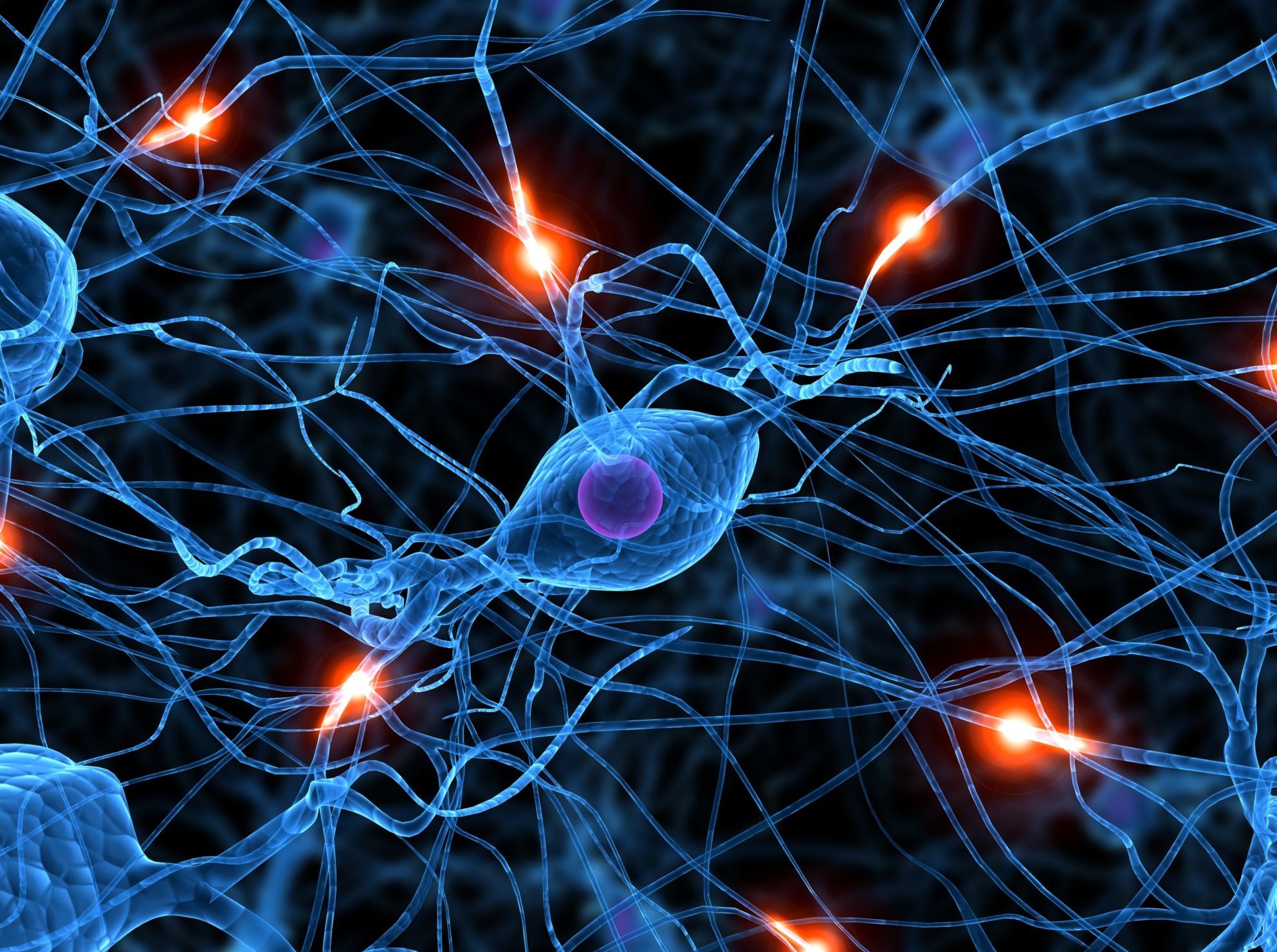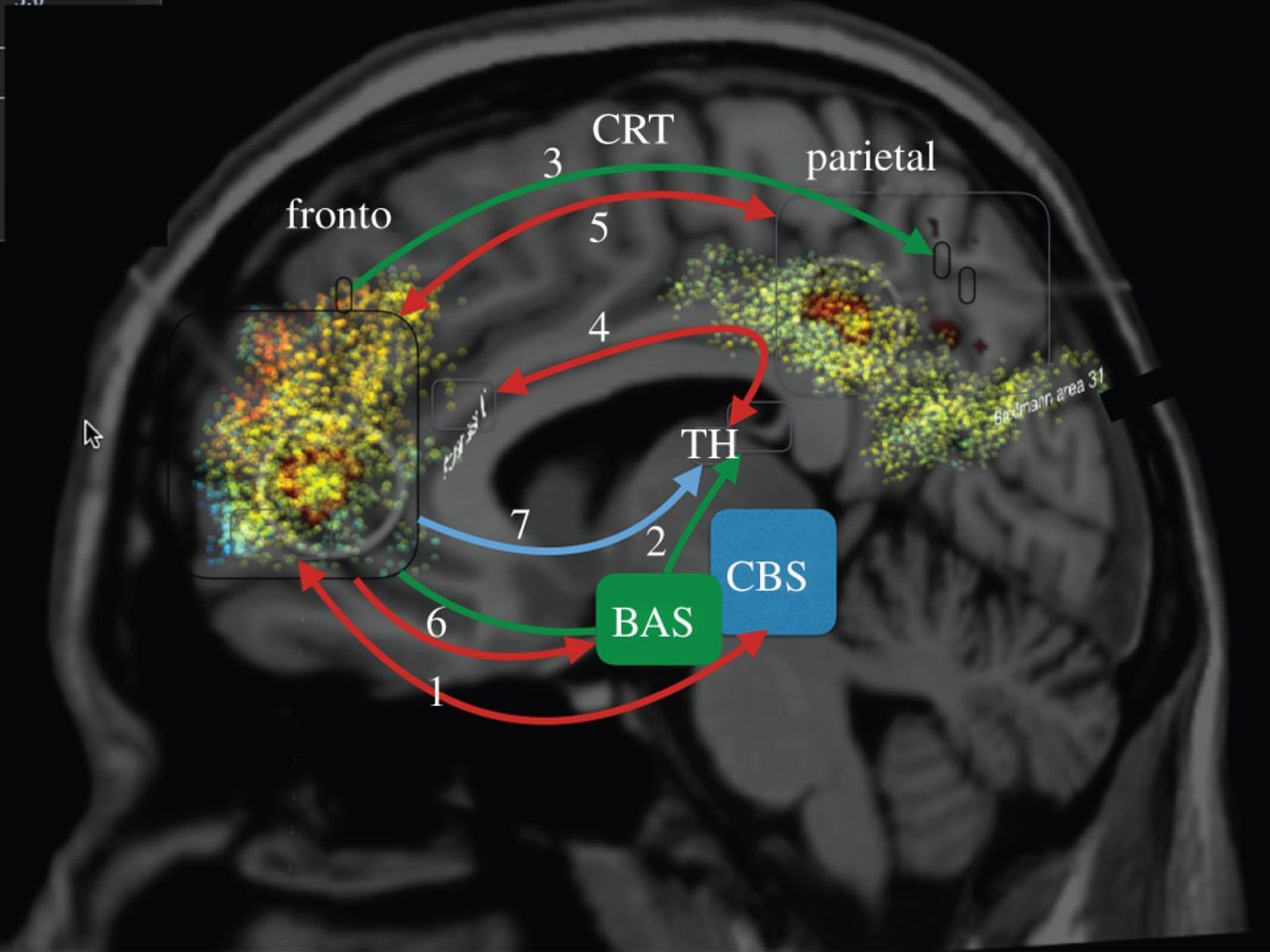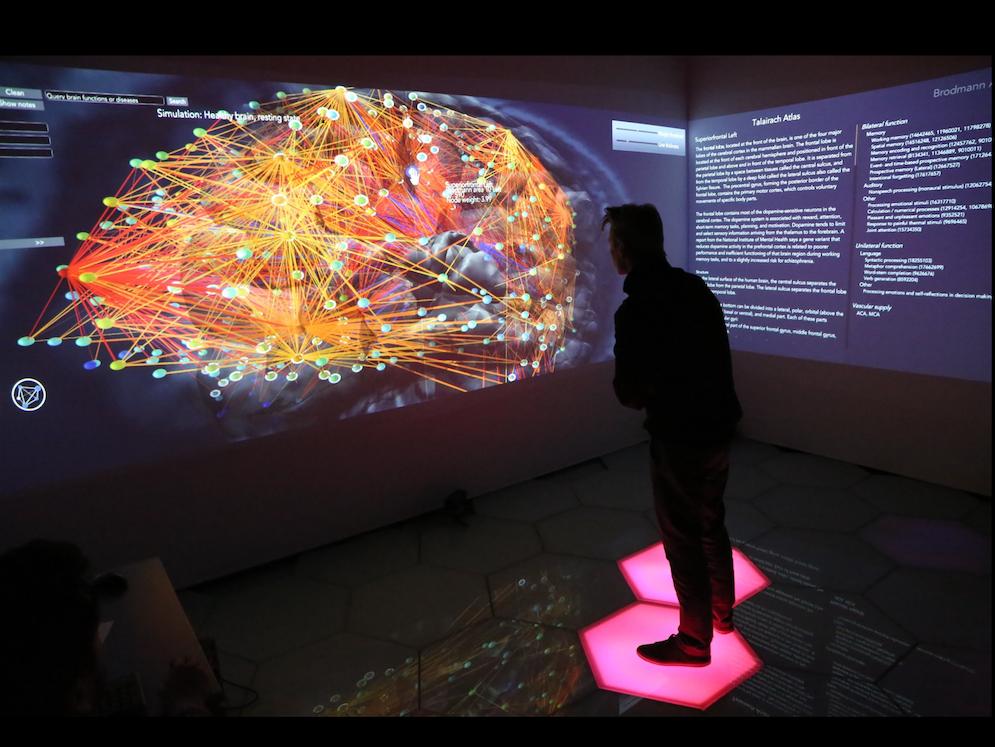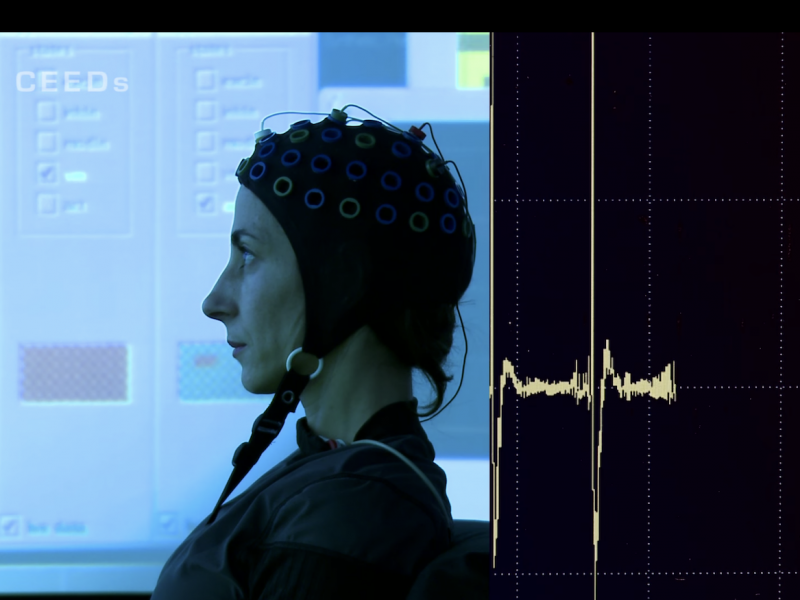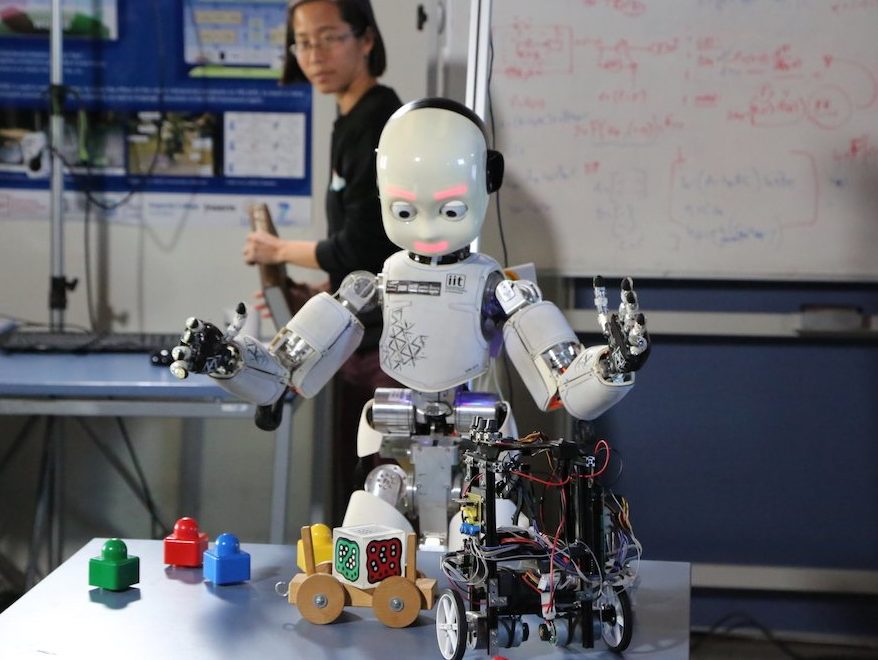Architectures of Mind and Brain
At the heart of the theoretical program of SPECS stands the Distributed Adaptive Control architecture (DAC).
DAC proposes that the mind is organized in layered control structures (Somatic, Reactive, Adaptive and Contextual) tightly coupled together. Across layers there is a columnar organization regarding processing the states of the world (left, red, exteroception), the self (middle, blue, interoception) and action (right, green) that mediates between the first two.


DAC has been of great relevance to the advancement of beyond the state-of-the-art robot control architectures as advanced in several EC/ERC projects such as WYSIWYD, EASEL, cDAC, socSMCs. DAC is packaged and distributed as an open-source standard for humanoid robotics in a collaboration between five EU laboratories (IIT, UCL, U Sheffield, CNRS Lyon, and SPECS) (Fischer et al., 2018).
In addition, DAC has been mapped in detail to the mammalian brain (Verschure et al 2014), backed up by detailed system level computational studies (Maffei et al, 2015) and given rise to a new hypothesis on consciousness as a virtualization memory system (Verschure 2017) which is now also tested in the human brain.


DAC is gaining further importance in the face of the current developments in AI because it is one of the very few proposals on how complex intelligent systems can be put together as integrated systems.
Given the accumulating supporting evidence, DAC is advanced as integration and predictive framework for both empirical, theoretical and applied research.


